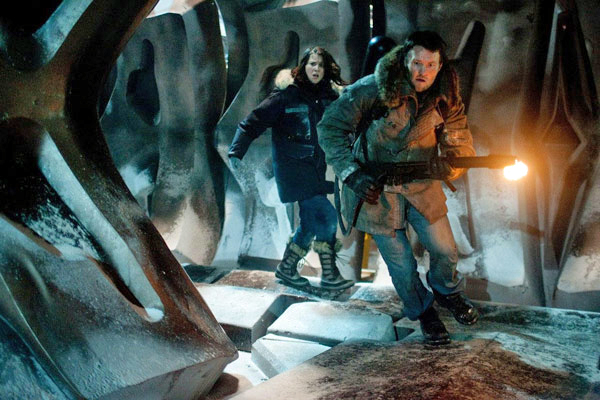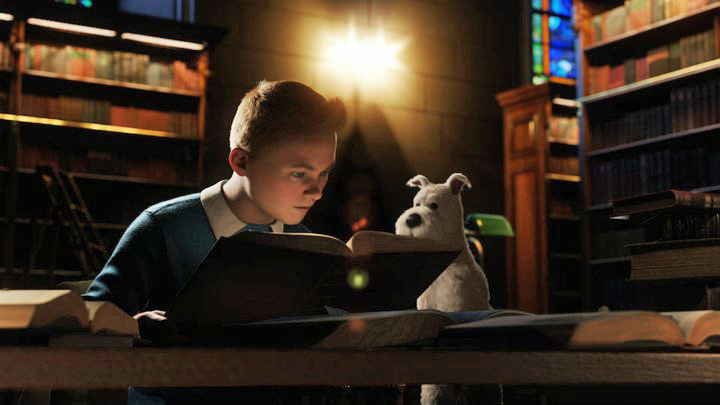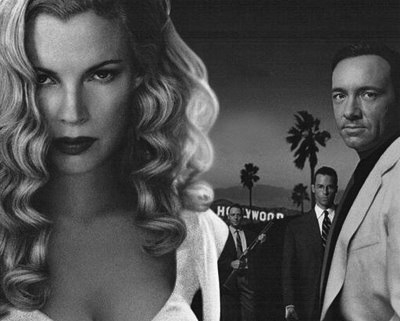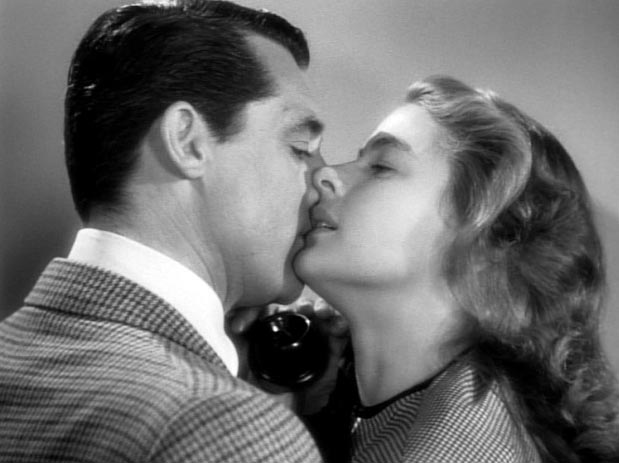Q. In a theater lobby I saw the poster for the new movie “Bye, Bye Love,” and there seemed to be something uncannily wrong about it. After staring at it for a long time, I realized what. The stars of the movie are all lined up smiling, including a small boy in the second row who is giving a “thumbs up” sign. If you compare the size of his hand with the size of the hand of the small girl also in the same row, you will see that his hand is about three times larger than her hand–almost as big as his face, in fact. Do you think this is really his own hand? Or has it been painted in by the ad agency, as a subliminal way of giving the movie “thumbs up?” (Sheila Chesham, Chicago)
A. I checked out the poster, and you are indeed correct. Either the small boy has a very large hand, or he is wearing a flesh-colored outfielder’s mitt. I talked to Nancy Meyer of 20th Century-Fox, who said, “There is no reason behind the actor Ross
Q. Every film I’ve seen by director John Landis, from “Animal House” to “Blues Brothers” to “Coming to America,” and including even Michael Jackson’s “Thriller” video, uses the phrase, “See you next Wednesday.” This is obviously an inside joke, but what does it mean? (Kris Gallimore, Thunder Bay, Ontario)
A. The line was used in the telephone call from orbit in Stanley Kubrick’s “2001: A Space Odyssey,” and has become a Landis calling-card. Not to be outdone, Kubrick has set a scene in a bathroom in every one of his movies.
Q. Who is your favorite American director currently working and why? Also, who is an up-in-coming to look out for? (Kenneth Alan Goldman, Medford, Mass.)
A. The best American director is Martin Scorsese, whose work is filled with such energy, passion and love of film that every frame seems alive. His “Raging Bull” was voted in three different polls the best film of the 1980s, and a case can be made for “Taxi Driver” in the 1970s and “GoodFellas” in the 1990s. Among the up-and-coming directors, I like Quentin Tarantino (“Pulp Fiction“), John Dahl (“The Last Seduction“), Carl Franklin (“One False Move“), Atom Egoyan (“Exotica“), and Gregory Nava (the forthcoming “My Family“).
Q. Why do some actresses insist on a keeping it secret when they use a double for a nude scene? If they are too modest to do their own scenes, wouldn’t they want to credit the double so the public would know they hadn’t seen the star’s body? (Francis T. Kennedy, Oakville, Conn.)
A. This assumes that modesty is the motivation for using a double. More frequently, it is vanity. The actress uses the best-looking double in town and wants you to think it’s her. Some actors do the same thing, although Mel Gibson and Michael Douglas are so proud of doing their own work that they seem to include a bare-bums scene in almost every one of their movies.
Q. You answered a question recently about what the “ADR” credit means in movies, from someone who observed that Barbara Harris is often credited as the ADR person, and asked if this was the same Barbara Harris who was an actress. You said it was not the same person. You are correct. The ADR Barbara Harris is–unless I’m mistaken (unheard of)–the same woman who was Cary Grant’s last wife. (Jeffrey Sweet, New York)
A. In my answer, I explained that the ADR person supervises the dubbing of dialogue replacement. Which leads me to wonder if that was really Cary Grant saying, “Judy! Judy! Judy!”











